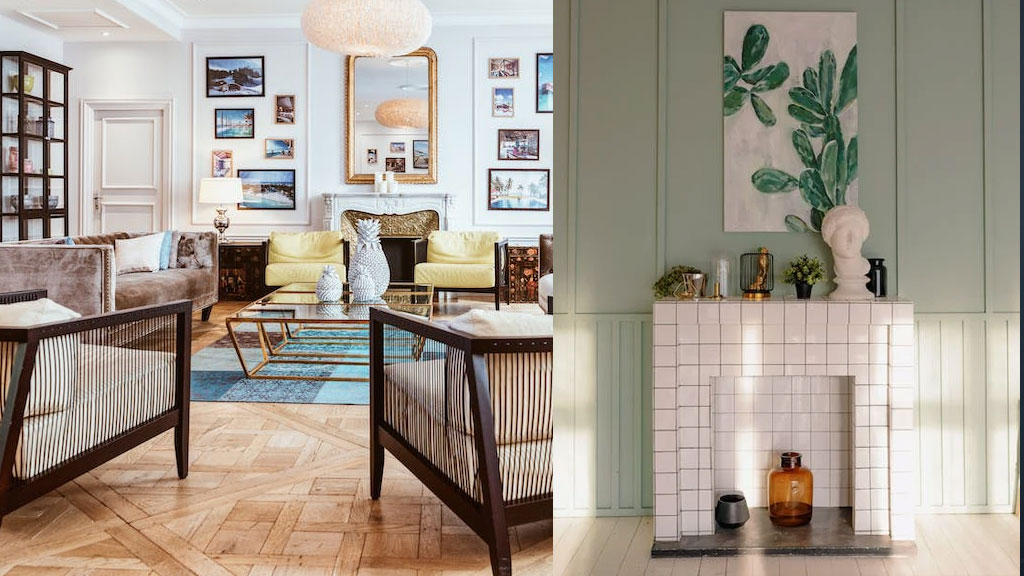Introduction:
The art of interior design is a captivating blend of creativity, aesthetics, and functionality, making spaces not just beautiful but also comfortable and practical. If you have a passion for transforming spaces and creating harmonious environments, then enrolling in an interior designing course could be the key to a fulfilling career. In this blog, we will take a journey through the world of interior designing courses, highlighting their significance, the skills you can gain, and how to embark on a path that turns your passion into a profession.
The Significance of Interior Designing Courses
- Unleash Your Creativity: Interior designing courses are the perfect canvas to nurture and expand your creative horizons. They encourage you to think beyond the ordinary and experiment with various design concepts.
- Technical Proficiency: These courses offer a comprehensive understanding of the technical aspects of interior design, including architectural drafting, space planning, and material selection. You’ll learn how to bring your creative visions to life.
- Understanding Client Needs: Interior designers often work closely with clients to transform their vision into reality. These courses teach you how to interpret and satisfy clients’ design requirements effectively.
- Staying Updated with Trends: Interior designing is an ever-evolving field. Courses help you stay updated with the latest trends, innovations, and sustainable design practices.
What You’ll Learn in an Interior Designing Course
- Space Planning and Layout: You’ll gain insights into optimizing space, understanding traffic flow, and creating functional layouts for residential and commercial spaces.
- Color Theory and Material Selection: Understanding the psychology of colors, fabric choices, and material selection are integral to creating visually appealing interiors.
- Furniture and Lighting Design: Interior designing courses cover the selection and arrangement of furniture and lighting to enhance the aesthetics and functionality of a space.
- Sustainable and Eco-Friendly Design: With a growing focus on sustainability, courses often include lessons on incorporating eco-friendly elements into designs.
- Computer-Aided Design (CAD): You’ll learn to use CAD software for creating design blueprints and 3D visualizations, an essential skill in the modern industry.
How to Get Started
- Research and Select the Right Course: Start by researching interior designing courses offered by accredited institutions. Consider factors like curriculum, faculty expertise, and class size when making your choice.
- Budget Planning: Assess the cost of the course and explore financial aid options, scholarships, or installment plans to make your education more affordable.
- Building a Portfolio: Many courses require a portfolio as part of the application process. Fill it with your design ideas, sketches, and any previous design work you’ve done.
- Application and Enrollment: Once you’ve chosen a course and prepared your portfolio, follow the application process and enroll in the program.
- Networking and Experience: Connect with industry professionals, attend design events, and seek internships or part-time jobs to gain practical experience.
Conclusion:
Interior designing courses are the doorway to a world of creativity and innovation, where you can turn your passion for transforming spaces into a thriving profession. As an interior designer, you have the power to shape the way people experience and interact with their environments. The knowledge and skills acquired through these courses empower you to create beautiful, functional, and sustainable spaces that leave a lasting impact on clients. If you’re ready to explore this exciting path that marries art and functionality, consider enrolling in an interior designing course and embark on a journey of endless possibilities in the world of interior design. Your creative vision is the blueprint to a successful career in the industry.

